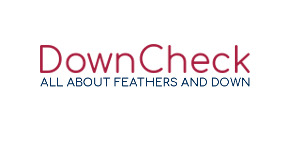What is the new standard EN 12934?
- the indication of the filling composition (down percentage, feather percentage) and und
- the classification of new material.
EN 12934 has been applied since 1999.
It is only applicable to finished feathers and down and not to raw down and feathers.
Further information at :
- How are feathers and down processed into bedding products?
- What regulations are laid down in the new standard EN 12934?











